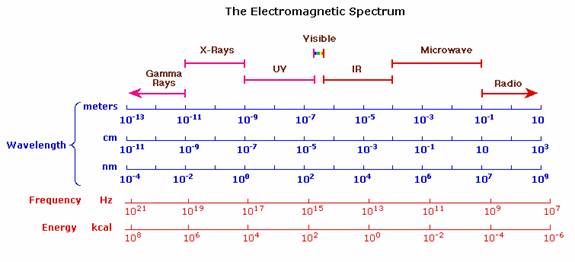X-rays
- Page ID
- 78088
\( \newcommand{\vecs}[1]{\overset { \scriptstyle \rightharpoonup} {\mathbf{#1}} } \) \( \newcommand{\vecd}[1]{\overset{-\!-\!\rightharpoonup}{\vphantom{a}\smash {#1}}} \)\(\newcommand{\id}{\mathrm{id}}\) \( \newcommand{\Span}{\mathrm{span}}\) \( \newcommand{\kernel}{\mathrm{null}\,}\) \( \newcommand{\range}{\mathrm{range}\,}\) \( \newcommand{\RealPart}{\mathrm{Re}}\) \( \newcommand{\ImaginaryPart}{\mathrm{Im}}\) \( \newcommand{\Argument}{\mathrm{Arg}}\) \( \newcommand{\norm}[1]{\| #1 \|}\) \( \newcommand{\inner}[2]{\langle #1, #2 \rangle}\) \( \newcommand{\Span}{\mathrm{span}}\) \(\newcommand{\id}{\mathrm{id}}\) \( \newcommand{\Span}{\mathrm{span}}\) \( \newcommand{\kernel}{\mathrm{null}\,}\) \( \newcommand{\range}{\mathrm{range}\,}\) \( \newcommand{\RealPart}{\mathrm{Re}}\) \( \newcommand{\ImaginaryPart}{\mathrm{Im}}\) \( \newcommand{\Argument}{\mathrm{Arg}}\) \( \newcommand{\norm}[1]{\| #1 \|}\) \( \newcommand{\inner}[2]{\langle #1, #2 \rangle}\) \( \newcommand{\Span}{\mathrm{span}}\)\(\newcommand{\AA}{\unicode[.8,0]{x212B}}\)
X-rays are electromagnetic radiation with very short wavelengths and high energy.

X-rays have high energy and they penetrate opaque material, but are absorbed by materials containing heavy elements. As an x-ray beam travels through a substance its intensity decreases with distance traveled through the matter.
- Is water or Cr a better absorber of X-rays?
- What effect does the wavelength of the X-ray sources have on penetration of X-rays?
Try the following demonstration below to help in answering these questions:
Click on Image (Note this will open in a new window)
Applet from: matter.org.uk (www.matter.org.uk/diffraction...iffraction.htm)
In addition to adsorption, X-rays can also be scattered and diffracted by a material.
- What do you think makes something scatter vs. diffract?
Let’s take a look at the next section on Diffraction to learn more.



